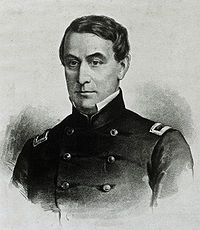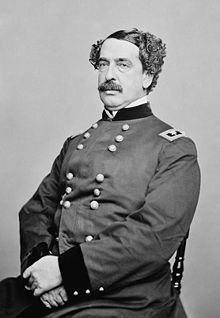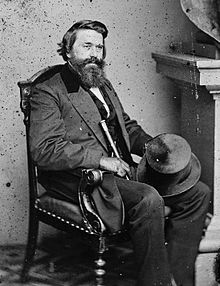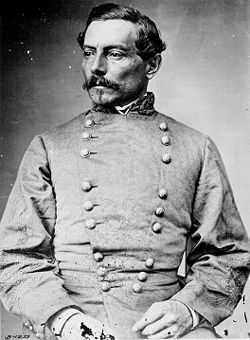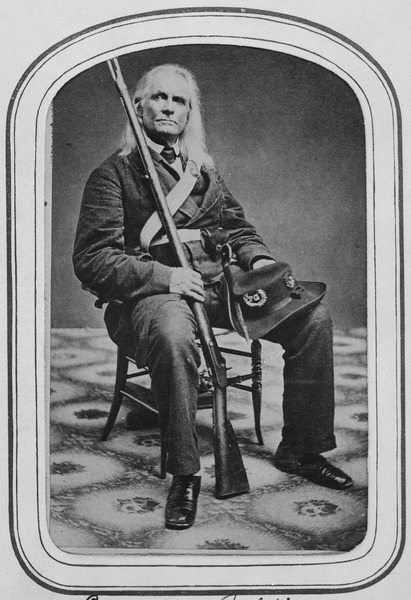On April 19, 1861, the first blood of the American Civil War is shed when a secessionist mob in Baltimore attacks Massachusetts troops bound for Washington, D.C. Four soldiers and 12 rioters were killed.
Residents of Baltimore, Maryland, attack a Union regiment while the group makes its way to Washington, D.C., today in 1861. Baltimore’s hostilities to the North were already well known, as just two percent of the city’s voters cast their ballots for Abraham Lincoln for president while nearly half supported John Breckinridge,the Southern Democratic Party candidate.
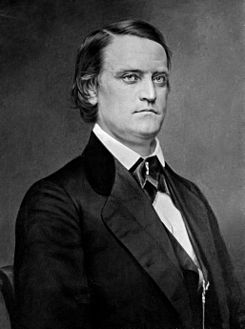
Lincoln was to pass through Baltimore on his way to Washington for his inauguration, but after Allan Pinkerton warned the President-Elect
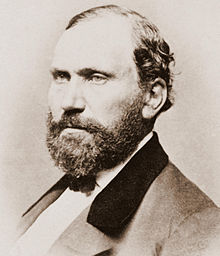
about what he described as serious death threats forced the president-elect to slip through the city in the middle of the night in disguise. This subterfuge came back to hurt Lincoln very quickly.
Baltimore was a cauldron of secessionist feeling, and these tensions boiled over on April 18. Pro-Confederate volunteers gathered at Bolton Station to hurl insults and rocks at Pennsylvania troops as they changed trains en route to Washington. Now, on April 19, the 6th Massachusetts regiment disembarked from a train and was met with an even more hostile crowd. Tensions rose as the 11 companies of the 6th arrived. Cobblestones rained down on the soldiers as they prepared to transfer from the President Street Station to Camden Station. Shots were fired, and when the smoke cleared four Massachusetts soldiers lay dead along with 12 Baltimoreans, while 36 troops and an undeter-mined number of civilians were wounded.
Washington was effectively cut off from the North. In the following months, Lincoln suspended the writ of habeas corpus and hundreds of secessionist leaders were rounded up. Within six months, the Union was again in control of Baltimore.
One week earlier, on April 12, the Civil War began when Confederate shore batteries opened fire on Union-held Fort Sumter in South Carolina’s Charleston Bay. During a 34-hour period, 50 Confederate guns and mortars launched more than 4,000 rounds at the poorly supplied fort. The fort’s garrison returned fire, but lacking men, ammunition, and food, it was forced to surrender on April 13. There were no casualties in the fighting, but one federal soldier was killed the next day when a store of gunpowder was accidentally ignited during the firing of the final surrender salute. Two other federal soldiers were wounded, one mortally.
On April 15, President Abraham Lincoln issued a public proclamation calling for 75,000 volunteer soldiers to help put down the Southern

“insurrection.” Northern states responded enthusiastically to the call, and within days the 6th Massachusetts Regiment was enroute to Washington. On April 19, the troops arrived in Baltimore, Maryland, by train, disembarked, and boarded horse-drawn cars that were to take them across the city to where the rail line picked up again. Secessionist sympathy was strong in Maryland, a border state where slavery was legal, and an angry mob of secessionists gathered to confront the Yankee troops. Intent on preventing the regiment from reaching the rail-road station, and thus Washington, the mob blocked the carriages, and the troops were forced to continue on foot. The mob followed close behind and then, joined by other rioters, surrounded the regiment. Jeering turned to brick and stone throwing, and several federal troops responded by firing into the crowd. In the ensuing mayhem, the troops fought their way to the train station, taking and inflicting more casualties. At the terminal, the infantrymen were aided by Baltimore police, who held the crowd back and allowed them to board their train and escape. Much of their equipment was left behind. Four soldiers and 12 rioters were killed in what is generally regarded as the first bloodshed of the Civil War.
Maryland officials demanded that no more federal troops be sent through the state, and secessionists destroyed rail bridges and telegraph lines to Washington to hinder the federal war effort. In May, Union troops occupied Baltimore, and martial law was declared. The federal occupation of Baltimore, and of other strategic points in Maryland, continued throughout the war. Because western Marylanders and workingmen supported the Union, and because federal authorities often jailed secessionist politicians, Maryland never voted for secession. Slavery was abolished in Maryland in 1864, the year before the Civil War’s end. Eventually, more than 50,000 Marylanders fought for the Union while about 22,000 volunteered for the Confederacy.
To purchase a signed copy of Larry Auerbach’s novel “COMMON THREADS”, Click Here
Photo courtesy of wikipedia.com


